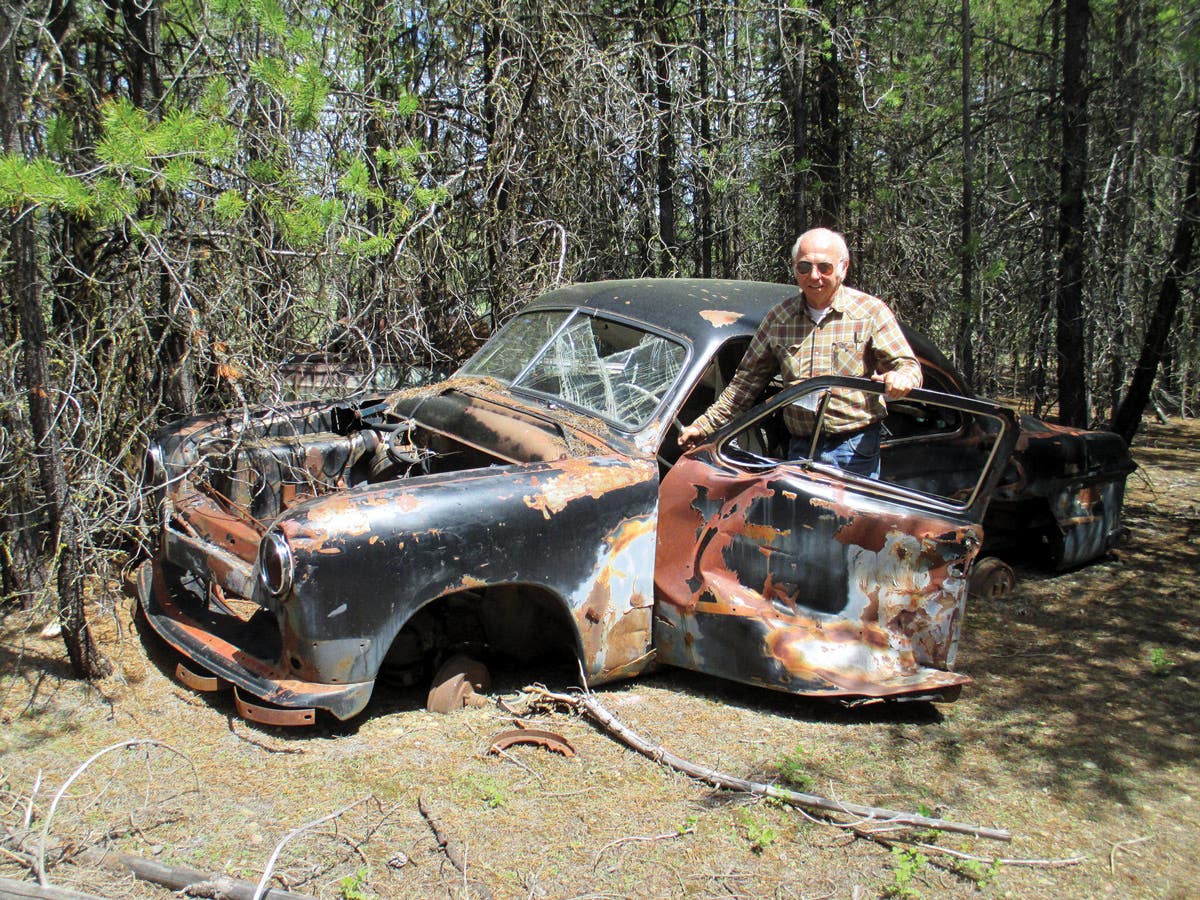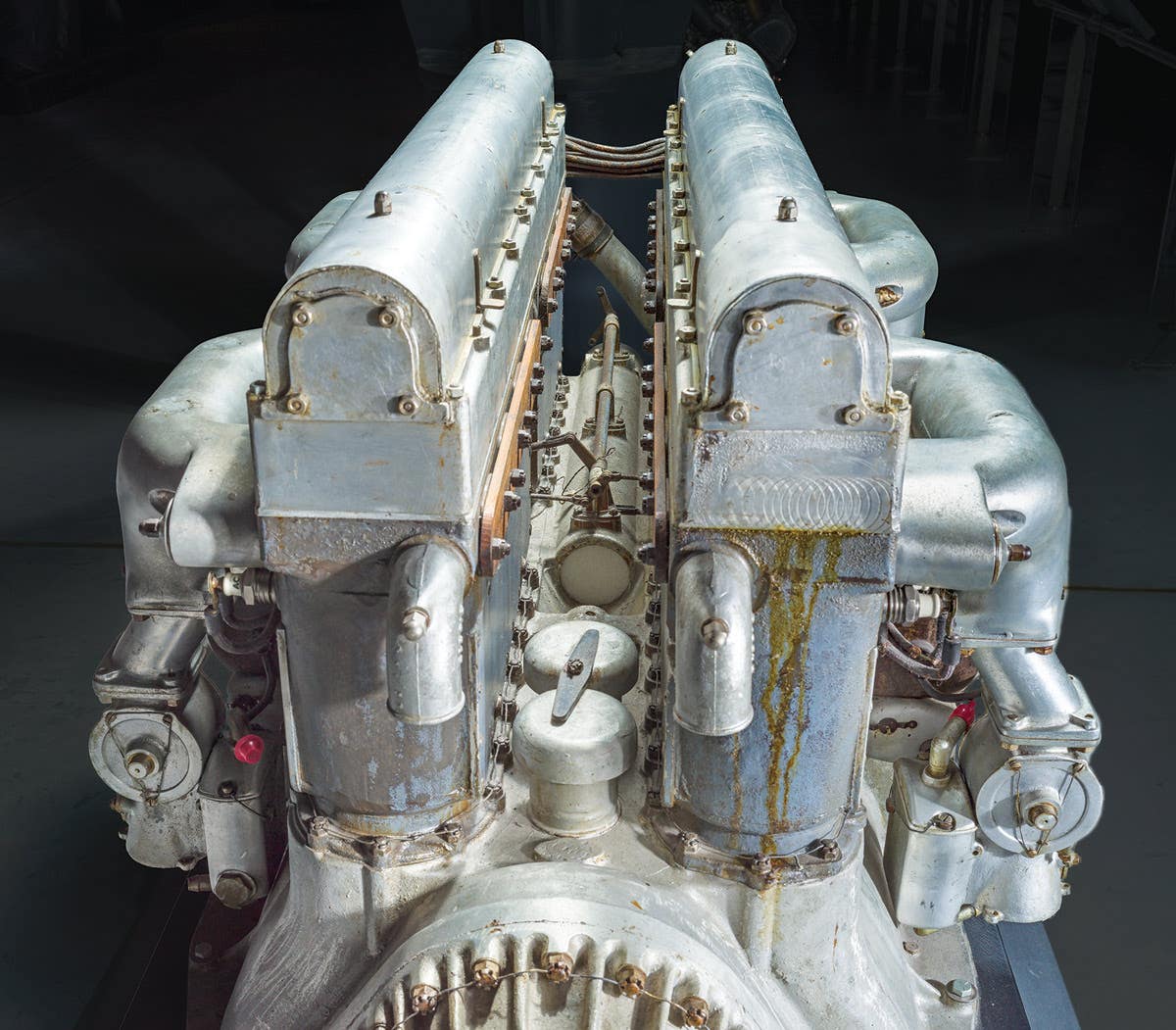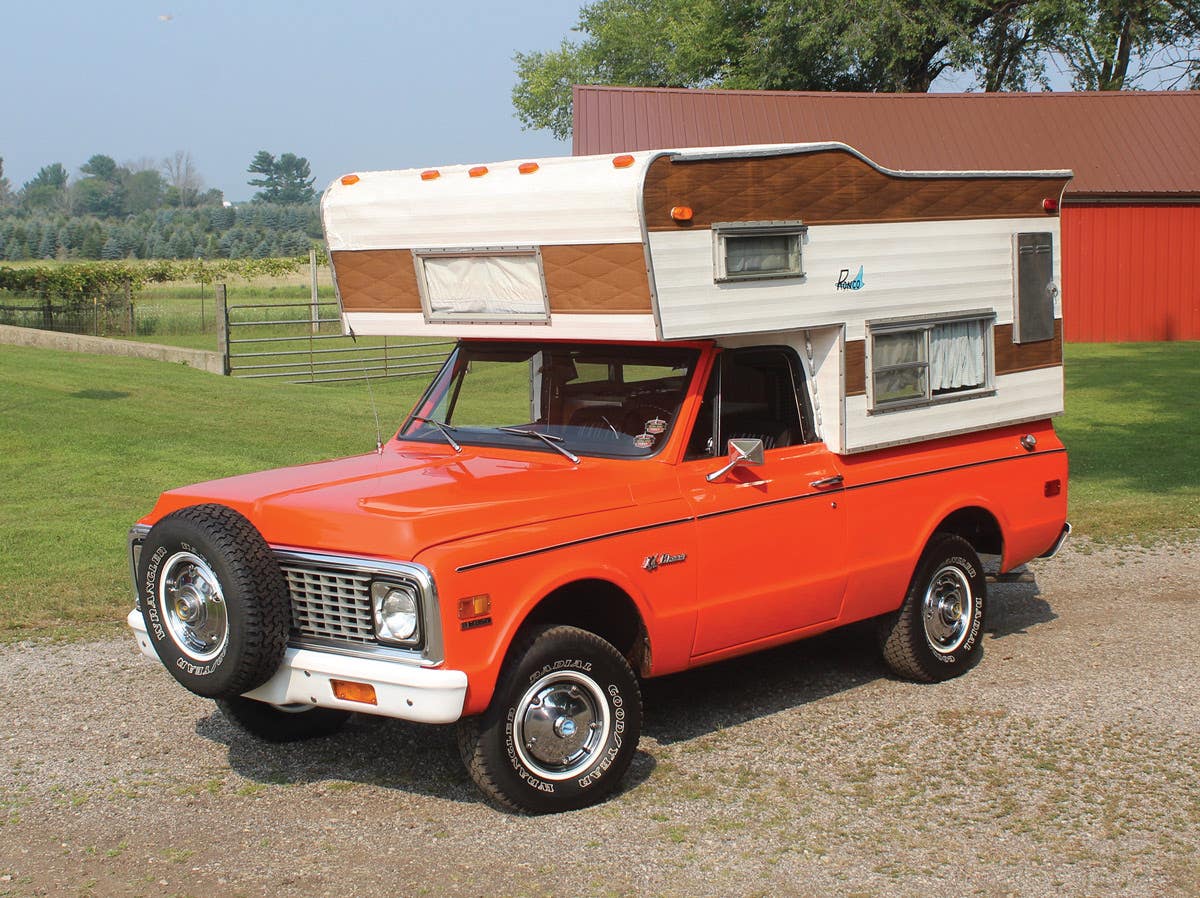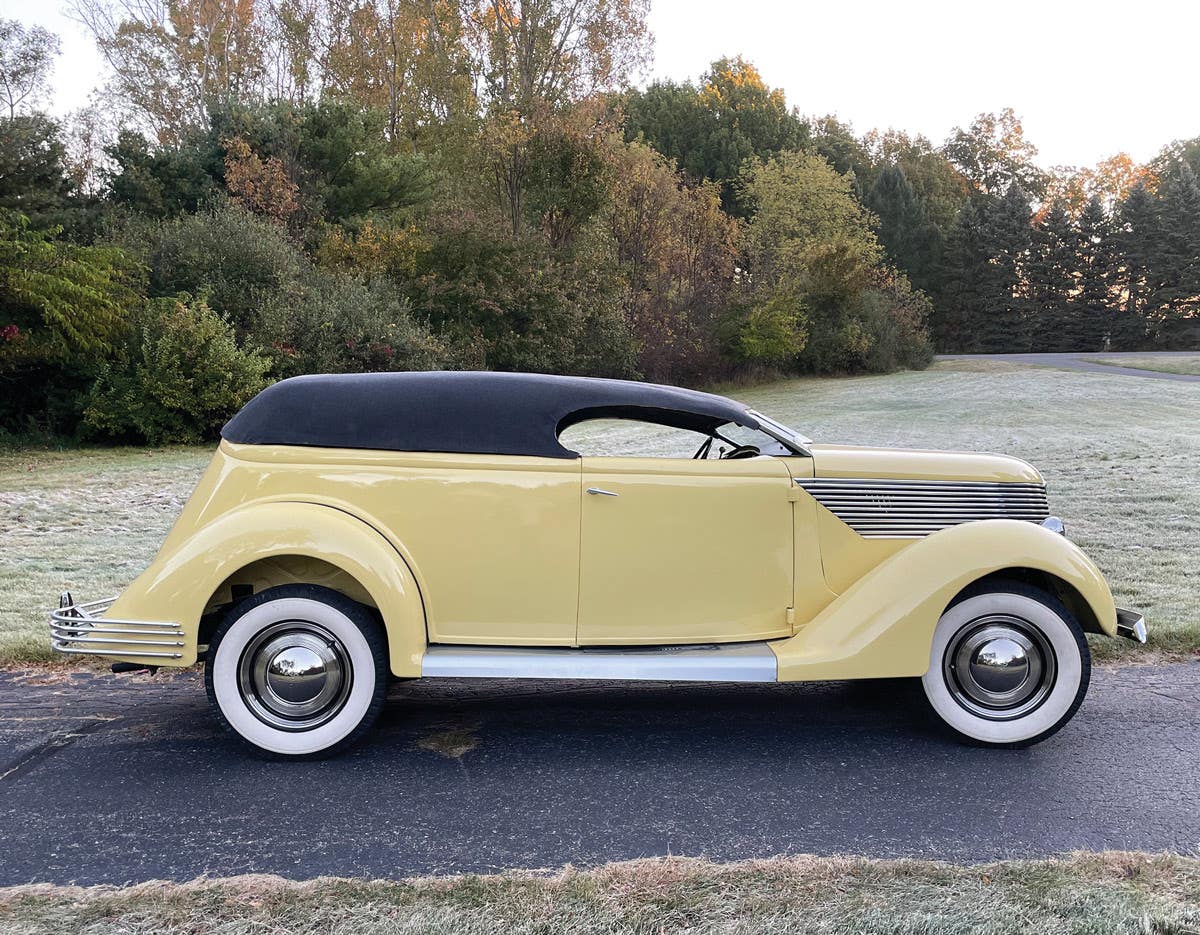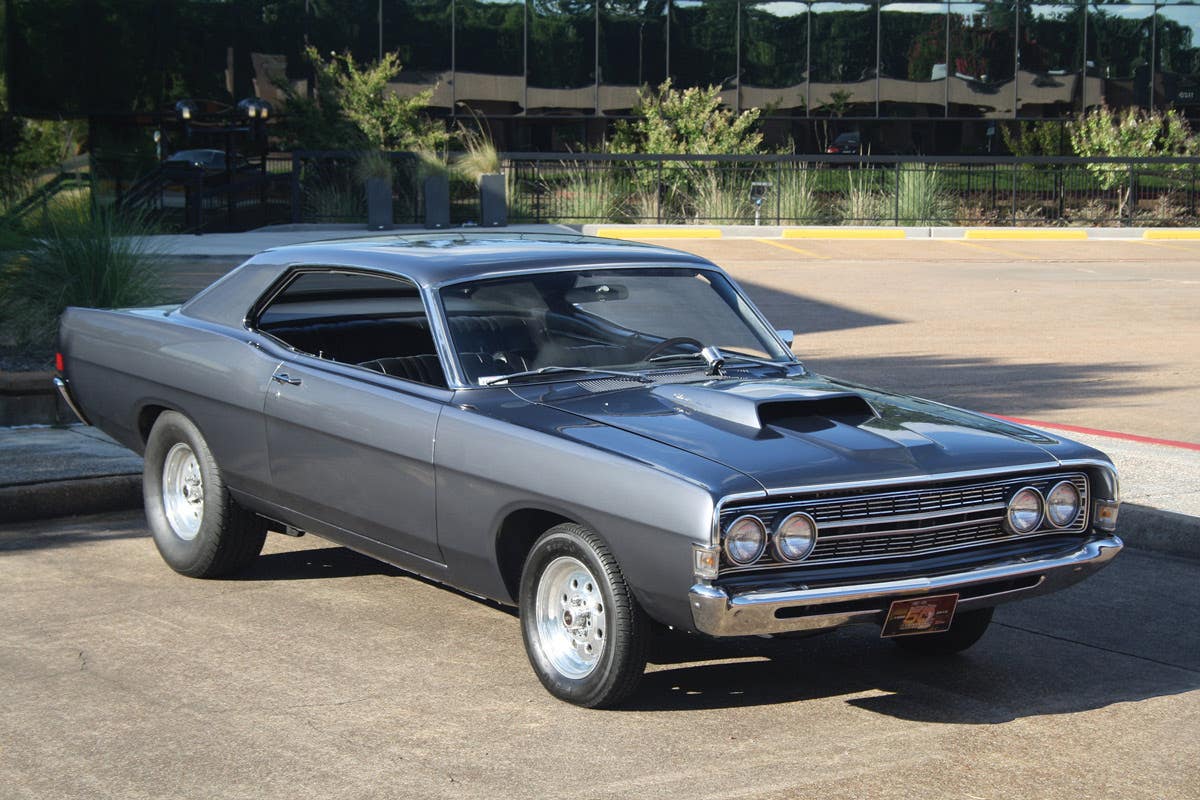Q&A with Kit Foster: April 10, 2014
Q. I’m hoping you or one of your readers can help me with regard to the differences in two Ford VIN plates that I have. One plate reads U4GC159436 followed…
Q. I’m hoping you or one of your readers can help me with regard to the differences in two Ford VIN plates that I have. One plate reads U4GC159436 followed by 76B R AE 5 G SL220C, while the other reads B3GV189715 and 60B L AC 24K KS36B. Both plates were taken from 1953 Ford Crestline two-door hardtop Victorias. There are several differences in the cars, starting with the body style shown on the plates, 76B and 60B. Also, the frames are very different. U4GC159436 has what I consider to be a convertible frame with a large X frame in the center, while the other car has no X frame but it does have a cross member that supports the transmission mount.
In addition, the latter frame also has a 1/4-inch plate welded to the bottom rails on each side that starts just below the firewall and runs to just in front of the rear axle. It appears that this plate was installed to strengthen the frame when the decision was made to eliminate the X bracing. There are a couple of other minor differences, one being that U4GC159436 has no adjustable “bumpers” in the lower corners of the trunk but the other car has them. Also, U4GC159436 uses eight fasteners to hold each gravel guard to the rear quarter panel while the other car only used four each. These are most of the differences that I noticed and I was hoping someone could explain them and also interpret the data on the VIN plates for me.
— Bob McFarland, Grand Island, Neb.
A. It looks like someone’s been mixing and matching parts, starting with the bodies. “U4GC” decodes as a Chicago-built 1954 Ford Crestline V-8 Sunliner convertible. That explains the X frame, which was used on convertibles for extra stiffening. “76B” confirms this, as it’s the body code for a convertible. “B3GV,” on the other hand is a genuine 1953 Crestline V-8 Victoria hardtop coupe, body code 60B, also assembled in Chicago. The 1954 Sunliner would have had the new Y-Block OHV V-8 (Code U), while the ’53 Vicky had the B-Code flathead V-8. Bodies were very much the same from 1952 through 1954, so it would be possible to put a hardtop body from any of those years on a 1954 convertible frame, for whatever reason. I believe “U4GC” was originally Torch Red (Code R), and “B3GV” was Sungate Ivory (Code L). The next two letters are trim codes, which I do not have, followed by a date code and then what I believe is a production-related designator. Can any readers fill in those blanks?
-------------------------------------------------------------
Q. My 1940 La Salle Model 5067 has a 3.99-to-1 rear-end ratio. At highway speed (60 mph) it is really singing. 1941-and-up Hydra-Matic Cadillacs have a 3.36 ratio. I was told that the 3.36 from 1941 would interchange with my 3.99. I bought what was reputed to be a ’41 3.36 and found out the hard way that the axle splines are different (coarse (12?) in the 3.99 and fine (16?) in the 3.36). I’m attempting to swap the 12-element spline into the 3.36 rear end, but the Cadillac manual does not recommend disassembly of any of the rear ends. Is a ’41 Hydro rear a 12-spline rear? And if not, what can I do to interchange the spider gears? Perhaps I should drop the whole idea and install an aftermarket overdrive (if one exists for the La Salle/Caddies).
— Frank Perazzo, Smithtown, N.Y.
A. I think I see the problem. My Hollander interchange manual shows that 1938-’40 Cadillacs and La Salles used the same axles, 12 splines and 32-11/16 inches long. For 1941 to ’47, Cadillac adopted a 16-spline axle, 33-11/32 inches long, for both Hydra-Matic and manual-shift cars. So you can’t simply use the later axle shafts, as you’ve already discovered. In 1941 also, the Cadillac rear tread dimension increased to 63 inches from the 59-inch dimension (shared with La Salle) of 1940, so swapping the whole rear axle is not a simple matter either. A machine or driveline shop might be able to shorten the longer axles, although it may not be an easy task. I’ve had conflicting reports on aftermarket overdrives. I have found them to be troublesome and unreliable, while others swear by them. Have any of our readers had experience with this?
-------------------------------------------------------------
Q. Thanks for using my answer to the mystery instrument panel: 1929 Chevy (Feb. 27). Yes, I meant only the dashboard was changed, but there is one exterior change between 1929 and 1930 Chevrolets. They tipped the windshield back 10 degrees at the top to improve anti-glare at night on the 1930; the 1929 windshield was vertical. It’s still hard to see the differences.
— Bill Andrew, via e-mail
A. Thank you. The windshield difference is so subtle I had not noticed it. I see the Spotter’s Guide does mention the 1930’s “non-glare windshield,” but the easiest way to tell them apart is to look at the instrument panel.
To submit questions to this column: E-mail angelo.vanbogart@fwmedia.com or mail to: Q&A, c/o Angelo Van Bogart, 700 E. State St., Iola, WI 54990-0001.
Got Old Cars?
If you don't subscribe to Old Cars Weekly magazine, you're missing out on the only weekly magazine in the car hobby. And we'll deliver 50 issues a year right to your mailbox every week for less than the price of a oil change! Click here to see what you're missing with Old Cars Weekly!
More Resources for Car Collectors:
- Classic car price guides, research, books, back issues of Old Cars Weekly & more
- Get expert restoration advice for your classic car
- Get car pricing, data and history all in one place
- Sign up for Old Cars Weekly's FREE email newsletter
- Need to buy or sell your classic car? Looking for parts or memorabilia? Search our huge online classified marketplace




